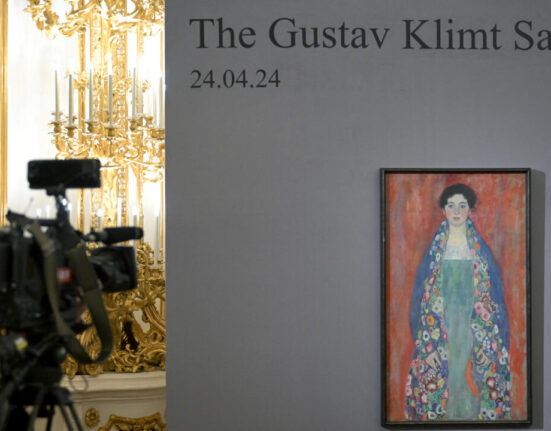The nominees for the 2023 European Film Awards (EFAs) are among the very best movies of the year, in Europe or anywhere. The five best picture nominees include Justine Triet’s legal thriller Anatomy of a Fall; Jonathan Glazer’s harrowing Holocaust film The Zone of Interest; the refugee dramas Io Capitano, from Italian director Matteo Garrone; Green Border from Polish filmmaker Agnieszka Holland; and dour romantic comedy Fallen Leaves, by Finland’s Aki Kaurismäki. Award winners all — Anatomy, Zone and Fallen Leaves picked up top honors in Cannes, while Green Border and Io Capitano won plaudits at this year’s Venice Film Festival — this lineup of critical hits could hold its own at any awards ceremony.
The quality at the EFAs goes deep, including first-time filmmakers like Britain’s Molly Manning Walker (How to Have Sex), France’s Stéphan Castang (Vincent Must Die) and Spanish filmmaker Estibaliz Urresola Solaguren (20,000 Species of Bees), whose debuts were among the buzziest movies on this year’s festival circuit and are all up for the EFA Discovery prize for best first feature.
“They are very, very strong movies,” says Holland. “And I have to say that most years the international selection is stronger than the main American selection of films.”
But as a who’s who of the Euro film scene descends on Berlin on Dec. 9 for the 36th EFAs, European cinema is struggling to find its audience, and its gala awards show is fighting to stay relevant.
Box office across Europe has bounced back significantly from its COVID-era dip. Theater revenue last year was up 70 percent year-over-year to $5.6 billion (5.1 billion euros), according to figures from the European Audiovisual Observatory, a media think tank, though still around a third below the pre-pandemic peak. More worrying for local industry: The top 20 films of the year, by theatrical admissions, were all Hollywood-backed productions.
“Clearly, there is a segment of the art house audience for European films that hasn’t come back to the cinema on a regular basis,” says European Film Academy chairman Mike Downey, who notes that audiences for European movies tend to skew older, a demographic that has been more wary about returning to theaters. “This is what the industry needs to focus on for the next few years, [getting] audiences for [European films] back into the cinemas.”
Pan-European distribution, or the lack of it, is one the biggest problems. Many of this year’s EFA nominees are local hits, but without a strong U.S. partner to release and promote them, they have struggled to translate that success across EU borders.
“The way these films are being made, sold and distributed makes it hard for people to watch them across Europe,” says European Film Academy CEO Matthijs Wouter Knol.
Knol points to last year’s EFA best film winner Triangle of Sadness, which earned some $20 million at the EU box office in part thanks to a more coordinated rollout. The movie’s financing structure, which included co-producers and distributors from Europe’s three largest markets (the U.K., France and Germany), meant that Ruben Östlund’s satire on capitalism was able to translate the hype from its festival run into pan-European success.
To boost their own profile, the EFAs will be changing their dates. After next year’s event, the EFAs will take a 13-month break, to hold their 2026 gala in mid-January, strategically scheduled between the Golden Globes and the closing of voting for the Academy Awards.
“The Oscars play an incredibly important role in the visibility for European films,” says Knol. “By positioning ourselves in the middle [of awards season], we think we can benefit by giving the winners of the European Film Awards a greater visibility and better promotion leading into the Oscars.”
This story first appeared in the Dec. 7 issue of The Hollywood Reporter magazine. Click here to subscribe.







